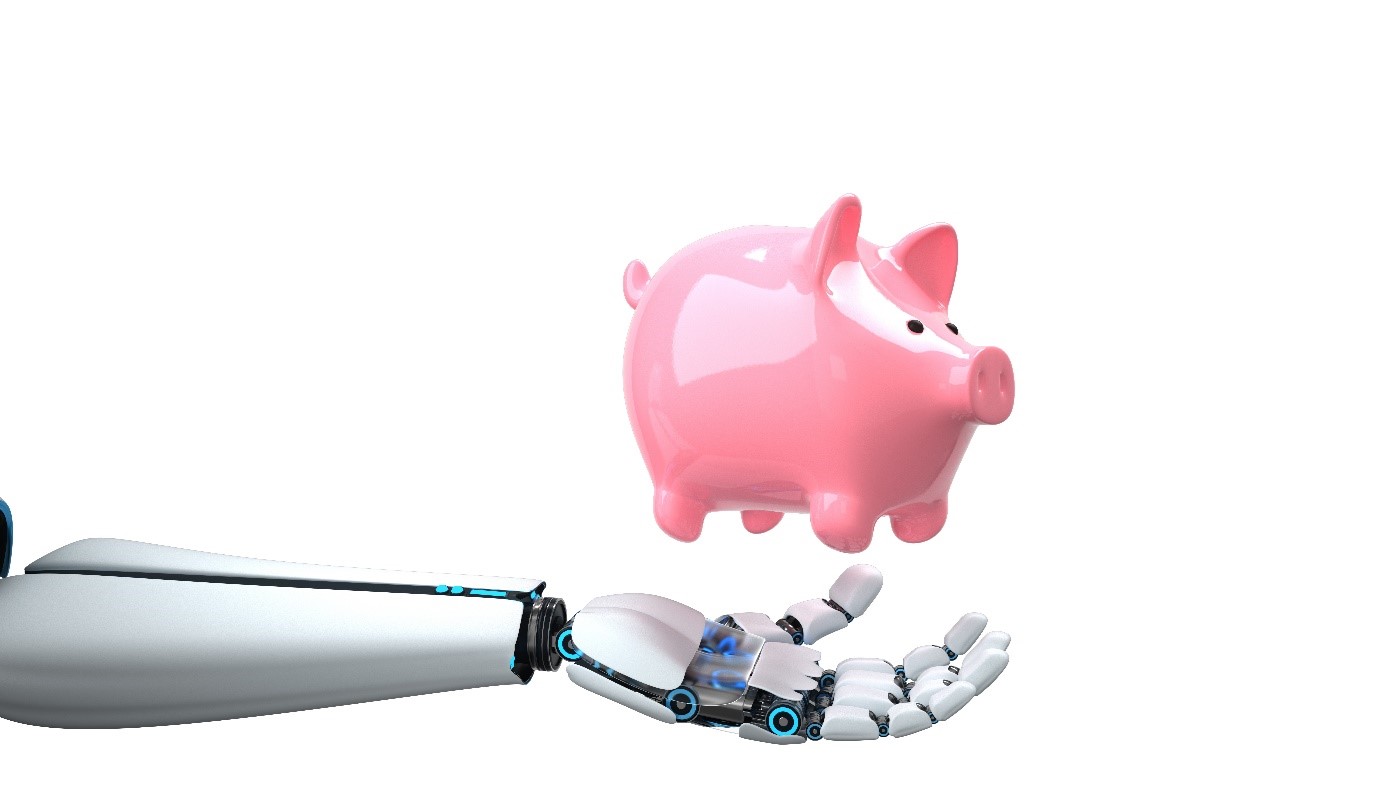A Digital Framework to Transform the Supply Chain
At our June 2024 user conference Luca Cicchiello, Corporate VP of Supply Chain at Hutchinson, a global company with sales of over €4.5 billion, testified: “In our company, we’ve known for fifteen years how we should operate our supply chain: an end-to-end pull flow anticipated and configured by an S&OP process – but we were … Read more















